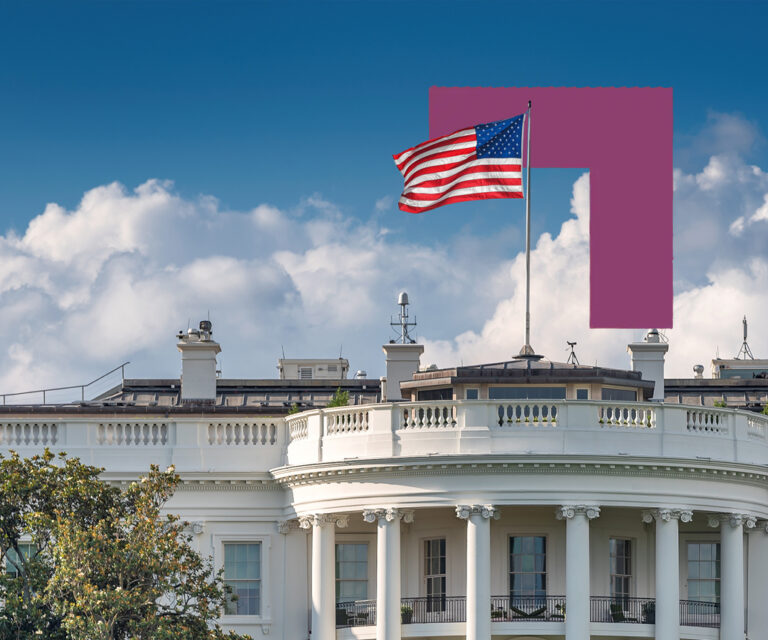-
How will it change the retail landscape?
Rapid growth in online shopping is reshaping the retail landscape. Most observers believe that online shopping is eating brick-and-mortar retail’s lunch, with no end in sight.
This view is reinforced by headlines describing retailer bankruptcies, department store struggles, and half-empty malls. The combination of the changing retail landscape and consumer behaviour have also negatively affected commercial real estate investment performance. Before 2011, the retail sector posted an annualized total return of 8.7% based on the MSCI Global Annual Property Index. This is almost 200 basis points above the industrial sector. However, the retail sector has underperformed the industrial sector in recent years. This underperformance trend has been more pronounced in some countries than in others. As a result, many investors are avoiding or under-weighting retail until the future winners and losers become clearer.
In our view, the retail sector remains an essential part of the commercial real estate universe, and investors need to understand the disruption and respond to it.

In our view, the retail sector remains an essential part of the commercial real estate universe, and investors need to understand the disruption and respond to it. LaSalle has studied various retail markets, particularly in China, which has one of the highest online shopping penetration rates globally, to see how retailers react and how shopping centers evolve as they move through the disruption cycle. While there are many differences between retail markets around the world, we found that the broad trends are similar as the retail sector responds to e-commerce disruption.
Based on our framework, digital disruption occurs in four stages for a shopping center with a top tier catchment:
- Stage 1: Early Disruption
When the online shopping penetration rate reaches the 7 to 10% range (depending on the country), the first signs of disruption are evident. At this stage, shopping centers have a high concentration of product-selling tenants (in many countries it is about 50%), even after the first round of store closures, which focus on books/audio/music content. Real estate fundamentals are still healthy, but warning signs are evident through flat/falling apparel/fashion sales and declining foot traffic at department store anchors. Store closures are not a problem at first, because of the depth of demand from retailers for top-tier mall space. - Stage 2: Maximum Disruption
At this stage, the online shopping penetration rate increases rapidly to 10% or more of total retail sales. Shopping centers attempt to adjust their tenant mix towards still-thriving retail segments, and increase their entertainment, food, and beverage offerings. Some department stores become liabilities that require creative management. Real estate fundamentals deteriorate due to a combination of a weak retail environment and initiatives to optimize the tenant mix by infusions of capital expenses and discounted rent levels. The UK and China went through this stage in 2014-2016. Many other countries like the US, Canada and Germany are just entering this stage of maximum disruption. - Stage 3: Convergence: E-Commerce and Shopping Centers
The online shopping penetration rate continues to increase in Stage 3, but online shopping sales growth begins to moderate. Shopping centers continue to adjust their tenant mix toward experiential retail segments such as entertainment, food, wellness, and creative spaces for artists, musicians, or theatrical performances (~47%). The emergence of a holistic online and offline retail experience, as online retailers push for a brick-and-mortar presence and vice-versa from brick-and-mortar retailers. Real estate fundamentals begin to stabilize at late-Stage 3 as retailers/landlords adapt to the new retail landscape. Retailers use brick and mortar spaces as showrooms and fulfilment centers that offer guided tours of their product lines to complement, rather than compete with, their on-line presence. - Stage 4: Future Equilibrium
Eventually, a new retail landscape will emerge where online and offline shopping co-exist and reinforce each other. Brick and mortar centers establish their comparative advantages: for entertainment, socializing, community-building, experiential services, and tactile encounters with new products or services. On-line shopping continues to excel at convenience, value and comparison shopping. Real estate fundamentals stabilize as the disrupting influences gradually are absorbed into the new, omni-channel landscape. Landlords will undoubtedly be asked to help finance some of the new fit-outs for retailers and to help replace department stores with new entertainment anchors. Values of shopping centers stabilize and investors return to treating retail properties as a mainstream property type and an important part of a real estate portfolio.
Investors must recognize that the growth of online shopping is a secular trend that is here to stay. This digital disruption framework can help investors understand where a country’s on-line and off-line retail markets are in terms of their evolution. This can help countries like Australia, New Zealand or southern Europe to understand its potential future trajectory. With the understanding of what is to come, investors can draw up asset plans for their retail properties in their existing portfolio and refine their investment strategies for evaluating the future role of shopping centers in their portfolios.
- Stage 1: Early Disruption

Nov 19, 2024
ISA Outlook 2025
Shifting interest rates, dynamic occupier fundamentals, deepening bifurcation within sectors: how should real estate investors respond?




